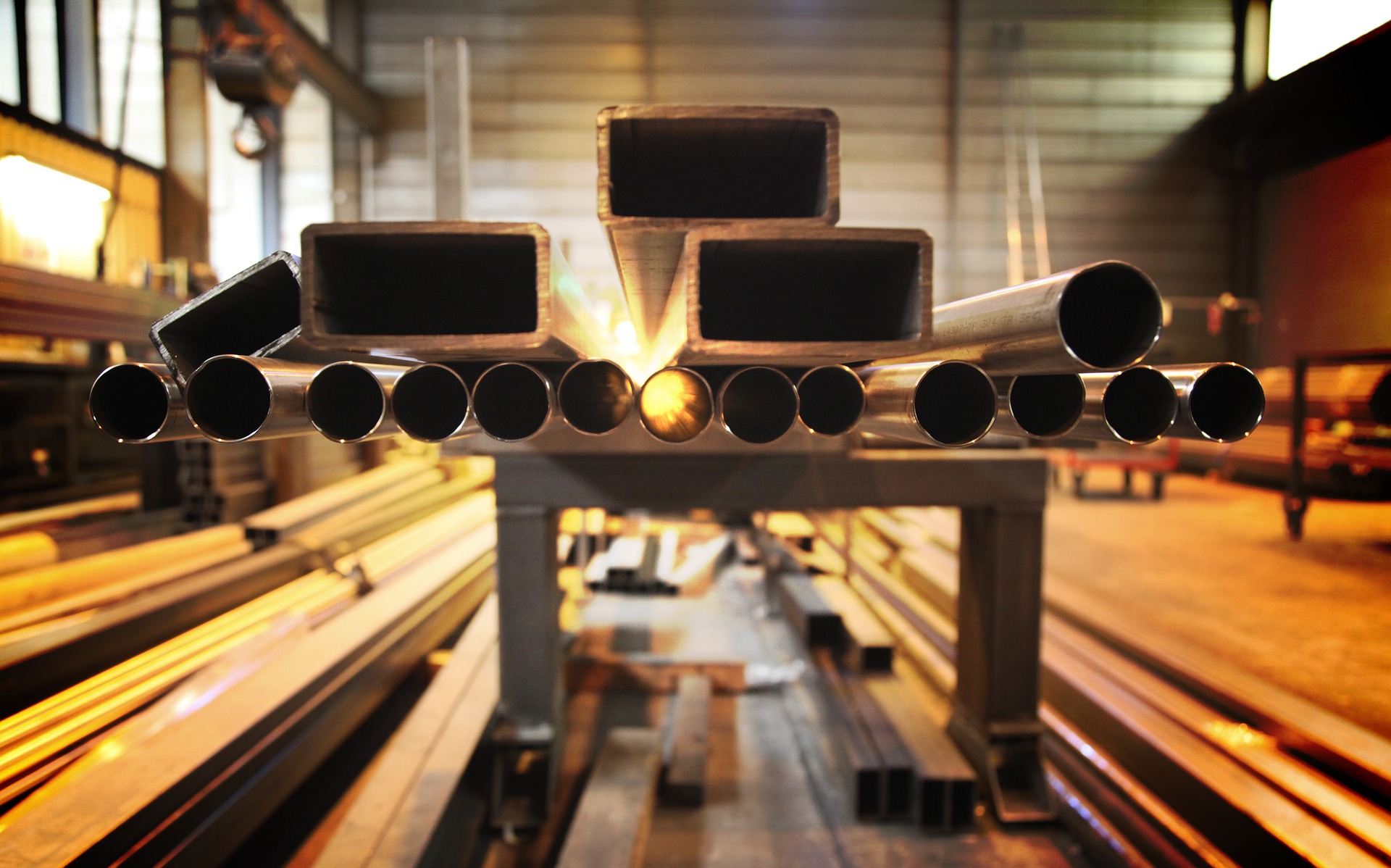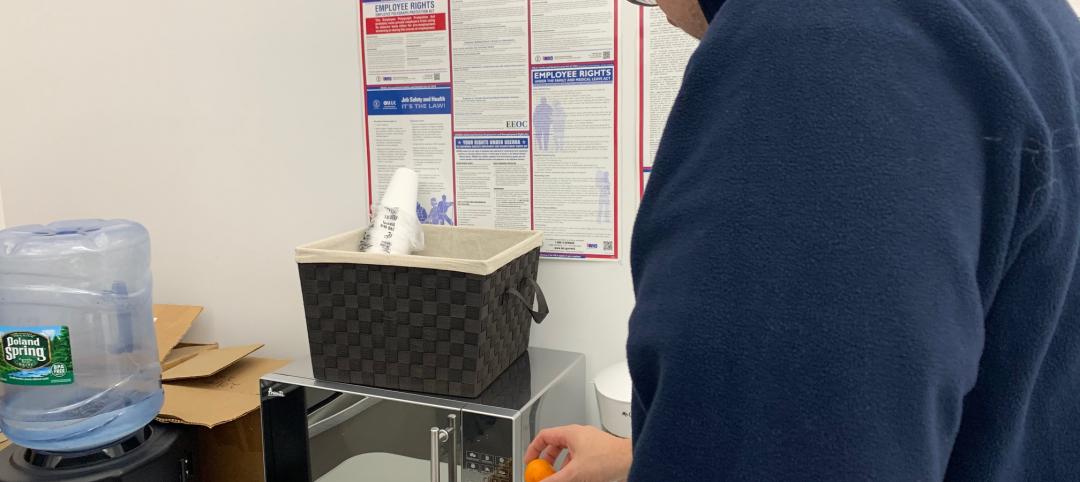“Green steel” that is manufactured using hydrogen generated with renewable energy makes its use as a building material more feasible for environmentally conscious designers and clients.
Sustainable manufacturing processes, which are economically viable in the U.S., could also revive steelmaking in the country as the metal becomes more attractive for green building. In addition, faster adoption of green steel could be fueled by communities competing for new plants and the new jobs that come with them, making them more attractive to build for steel manufacturing companies.
“A transition to fossil fuel-free steelmaking could grow total jobs supported by steelmaking in the region by 27% to 43% by 2031, forestalling projected job losses,” according to a study by the Ohio River Valley Institute. “Regional jobs supported by traditional steelmaking are expected to fall by 30% in the same period.”
The traditional steelmaking process using coal generates 7.2% of all carbon emissions worldwide, making the industry alone more polluting than the entire European Union, according to one estimate.
A modern, greener method of producing steel works like this: Iron ore is melted in an electric arc furnace using hydrogen, rather than coke, to process the material. This requires less energy than traditional methods, and renewable energy could power the furnace and generate hydrogen, making the process environmentally sound.
Developmental projects in Europe are experimenting with biochar, electrolysis, and other ways to power the electric arc process. In the U.S., one company is experimenting with an oxide electrolysis model that eliminates the need for coal by creating a chemical reaction that turns iron ore into steel.
Any of these greener steelmaking methods could help make the metal a sound choice for meeting sustainability standards and goals.
Related Stories
Sponsored | Green | Jan 7, 2021
A Green Building Solution: Environmental Benefits of Custom Metal Buildings
Government Buildings | Nov 25, 2020
New Indiana Toll Road headquarters creates unified environment for staff
New LEED Gold facility consolidates operations for tollway authority.
Coronavirus | Oct 8, 2020
The Weekly show: Statue of Liberty Museum, emotional learning in K-12, LA's climate change vulnerability
The October 8 episode of BD+C's "The Weekly" is available for viewing on demand.
Green | Mar 9, 2020
BuroHappold commits to all new building projects achieving net-zero carbon by 2030
The engineering firm also launched a long-term partnership with ILFI.
Contractors | Jan 20, 2020
Wellness is for builders, not just for buildings
New research on wellness in the construction sector highlights interventions that could be effective in addressing dehydration, weight management, poor air quality, and stress.
Green | Jan 10, 2020
How the new EC3 tool raises the bar on collective action
Nearly 50 AEC industry organizations partnered to develop the groundbreaking Embodied Carbon in Construction Calculator.
75 Top Building Products | Dec 16, 2019
101 Top Products for 2019
Building Design+Construction readers and editors select their top building products for the past 12 months in the fourth-annual 101 Top Products report.
75 Top Building Products | Dec 12, 2019
Top Building Envelope Products for 2019
Sto's beetle-inspired exterior coating and Dörken Systems' UV-resistant vapor-permeable barrier are among the 28 new building envelope products to make Building Design+Construction's 2019 101 Top Products report.
Building Owners | Dec 2, 2019
What building owners and AEC teams need to know about New York’s Climate Mobilization Act
On April 18, 2019, the New York City Council passed the Climate Mobilization Act, a suite of laws aimed to meet the city’s commitment to achieving carbon neutrality by 2050.
Sustainability | Aug 15, 2019
Paris will soon be home to the world’s largest rooftop farm
Agripolis is spearheading the project.

















